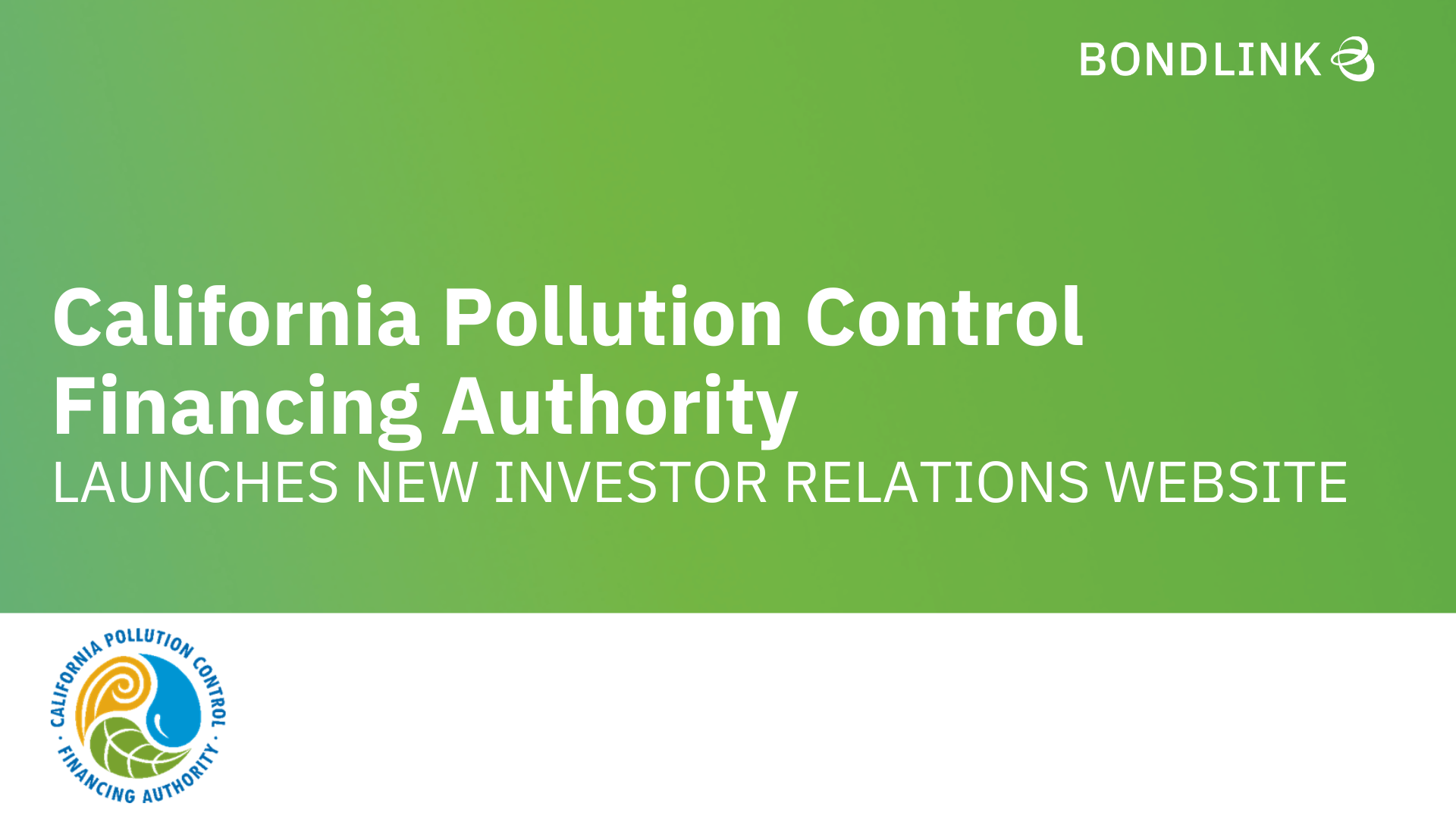Keeping Investors Informed: The Critical Component of Green Bonds
February 27, 2018

Last month, the Climate Bonds Initiative released its annual report on Green Bond issuance in the U.S. Municipal Bond Market. It’s excellent, and we encourage all to read it.
The data reveals an exciting trend: since the Commonwealth of Massachusetts brought the first $100 million to market in 2013, issuance of Green Bonds has soared. More than $11 billion in the debt was sold in 2017, up from just over $7 billion the previous year. The largest issuer is the New York Metropolitan Transportation Authority, followed by the State of California.
But despite the amount of bonds issued to date, Green Bonds remain an emerging asset class, with issuers and investors finding their way in terms of definitions and criteria. Today, California State Treasurer John Chiang is taking a strong leadership role in gathering market participants to outline best practices for Green Bonds. He’s hosting a two-day Green Bond Symposium at the Milken Institute. Check out the agenda.
In terms of the issuance process itself, issuers really need to focus on three things. First, they have to clearly define what they are considering a Green Bond. Second, they have to clearly outline their process and criteria for selecting environmentally beneficial projects to be financed by the Green Bonds. Third, and most importantly, they have to be committed to providing ongoing impact reports to Green Bond investors.
The most efficient and effective way to do this is by harnessing available technology to interact with investors. By incorporating a BondLink-powered investor relations platform, issuers can easily provide ongoing status reports on their Green Bond projects on a regular basis to their investors (and taxpayers), with automatic updates and photos/videos being pushed to investors who have signed up for alerts.
Like the project updates, issuers can develop written impact reports – acres of open space preserved, number of gallons of water cleaned, or miles of new rails laid for mass transit, for example – that can be automatically disseminated to investors. These details are an important piece of the investment for major investors who have dedicated Green Bond funds, such as Blackrock and State Street, but also for retail investors. The gold standard is the World Bank’s impact report.
If you’re an issuer who is thinking about Green Bonds, it will pay to focus on impact reporting in the months and years after the initial bond sale. How that reporting is handled, and the ease of use for investors, is absolutely critical.

Colin MacNaught
CEO & Co-Founder @ BondLink



